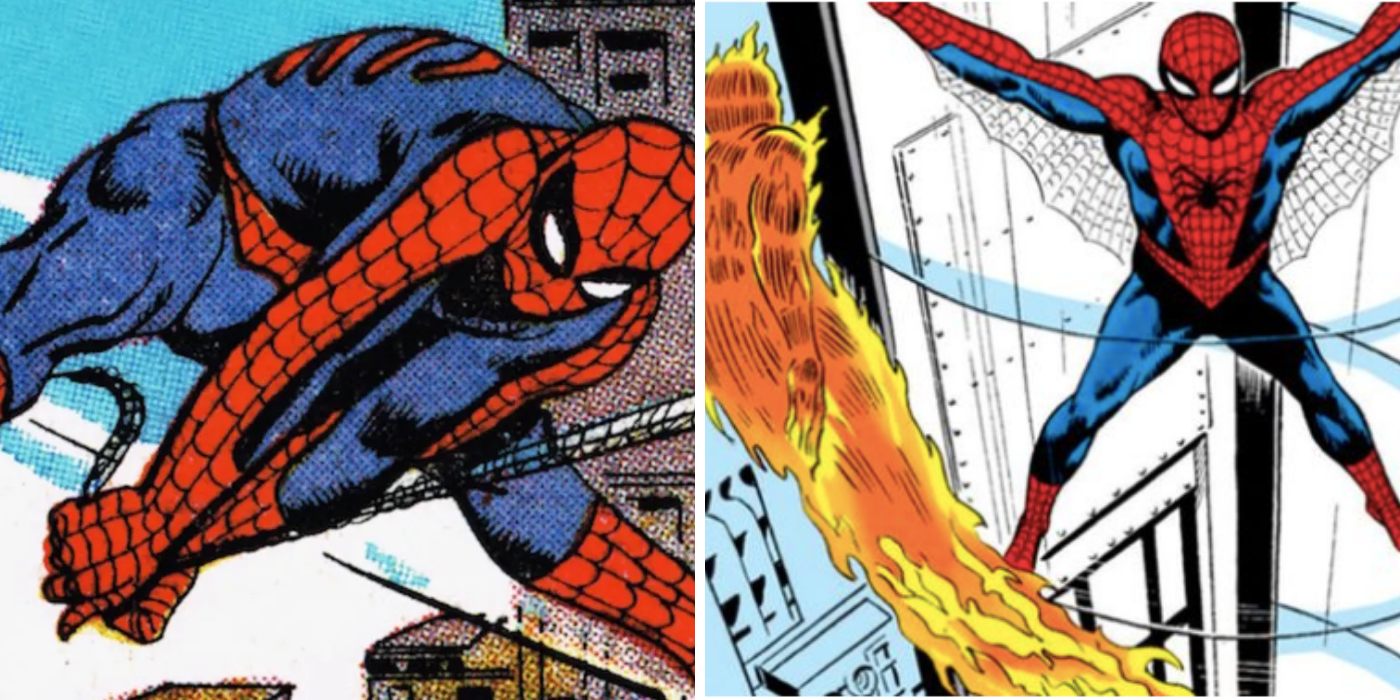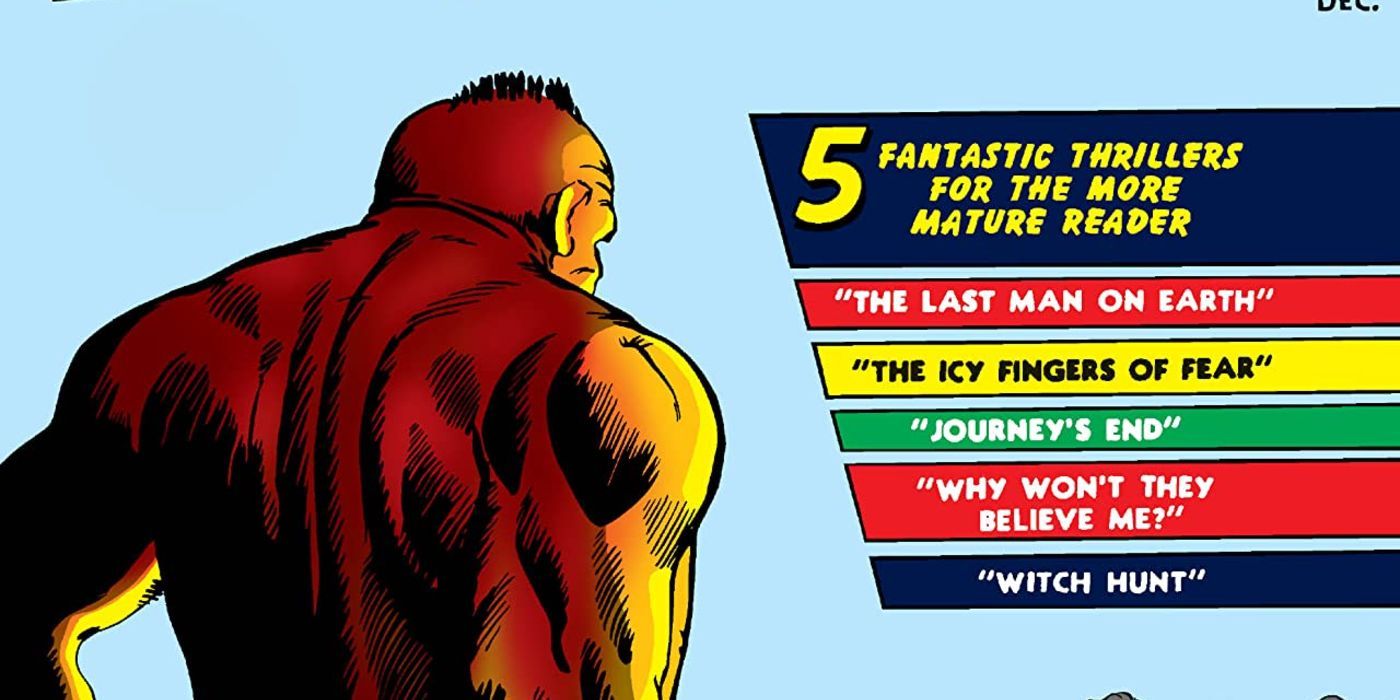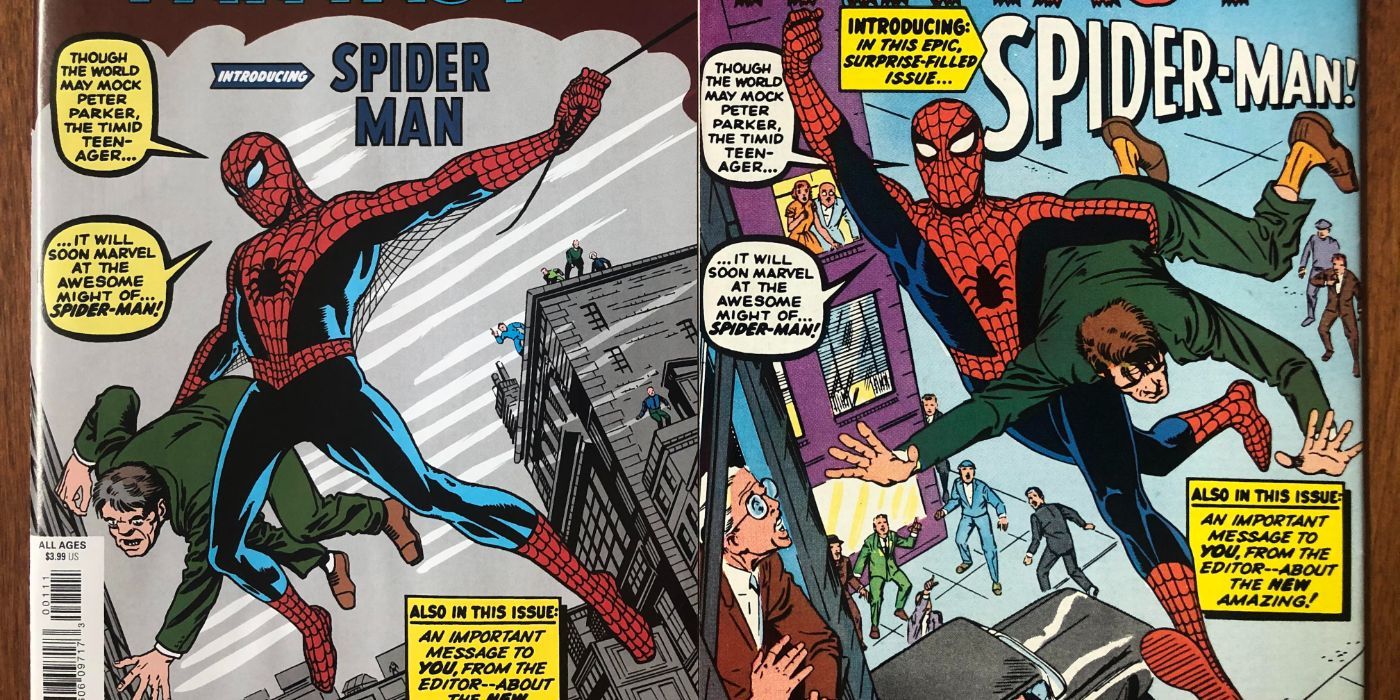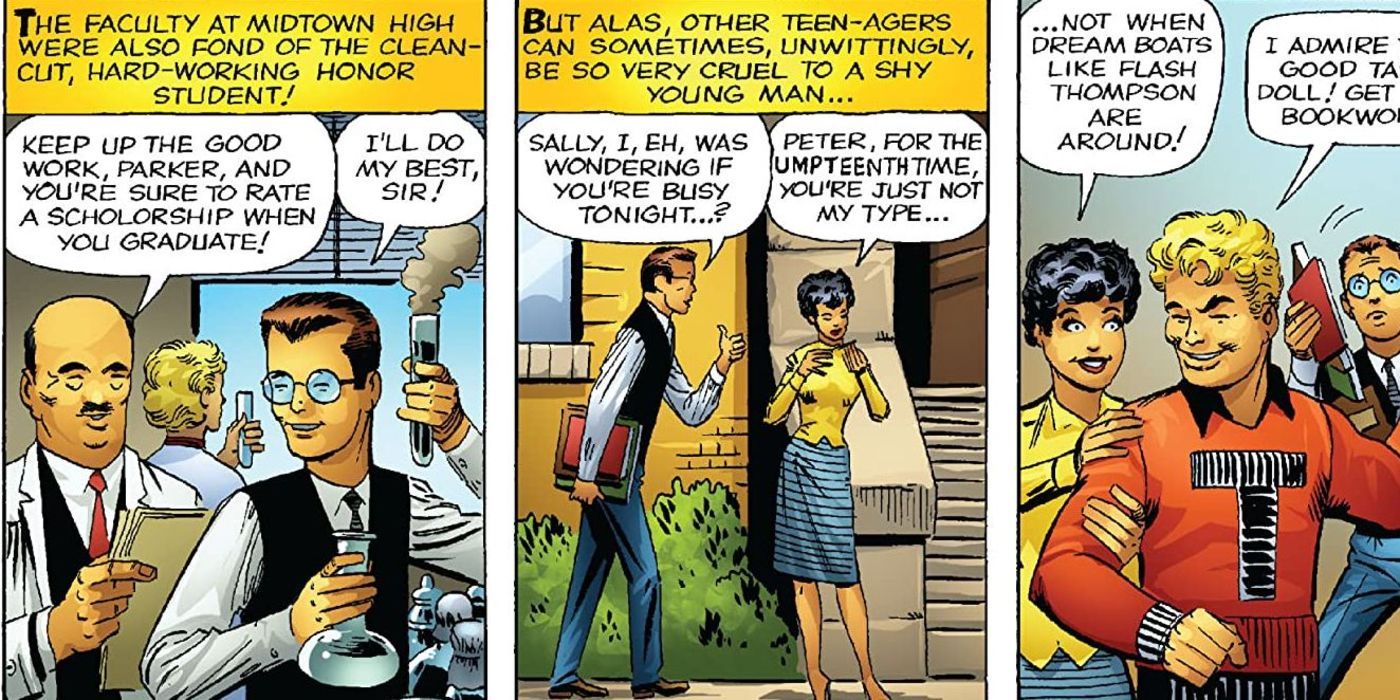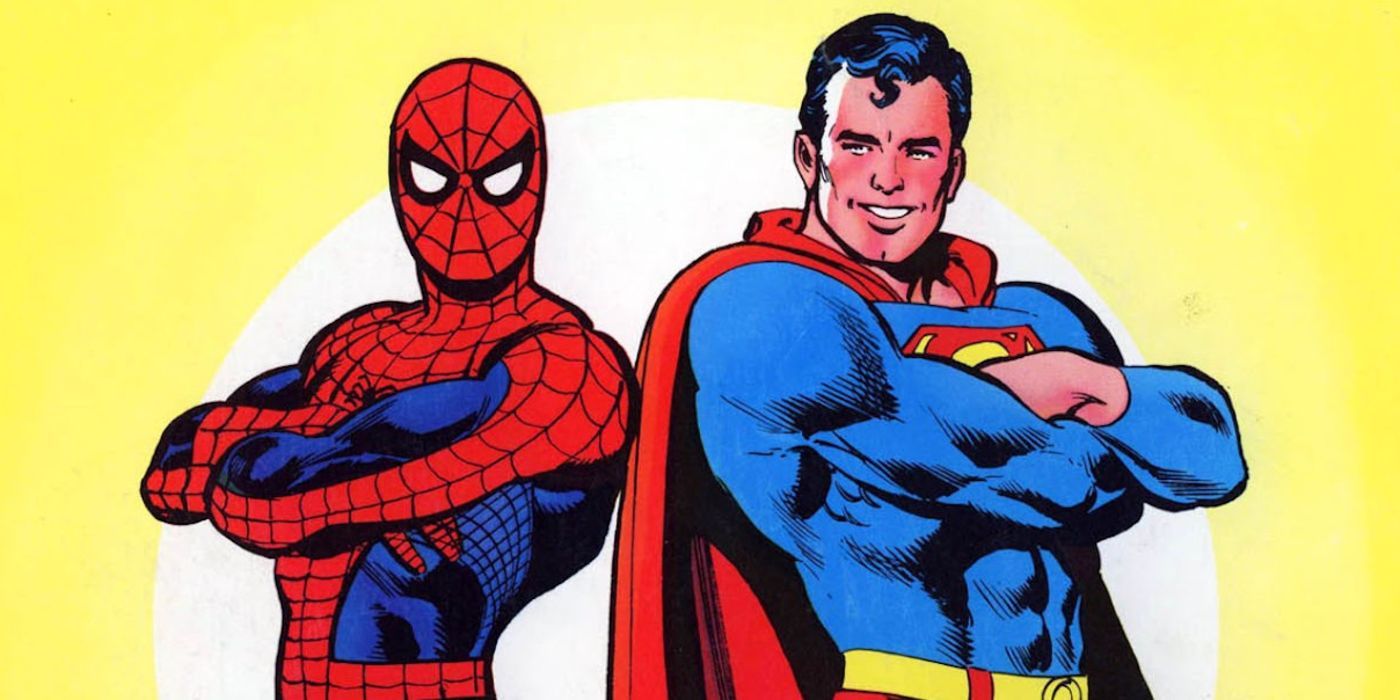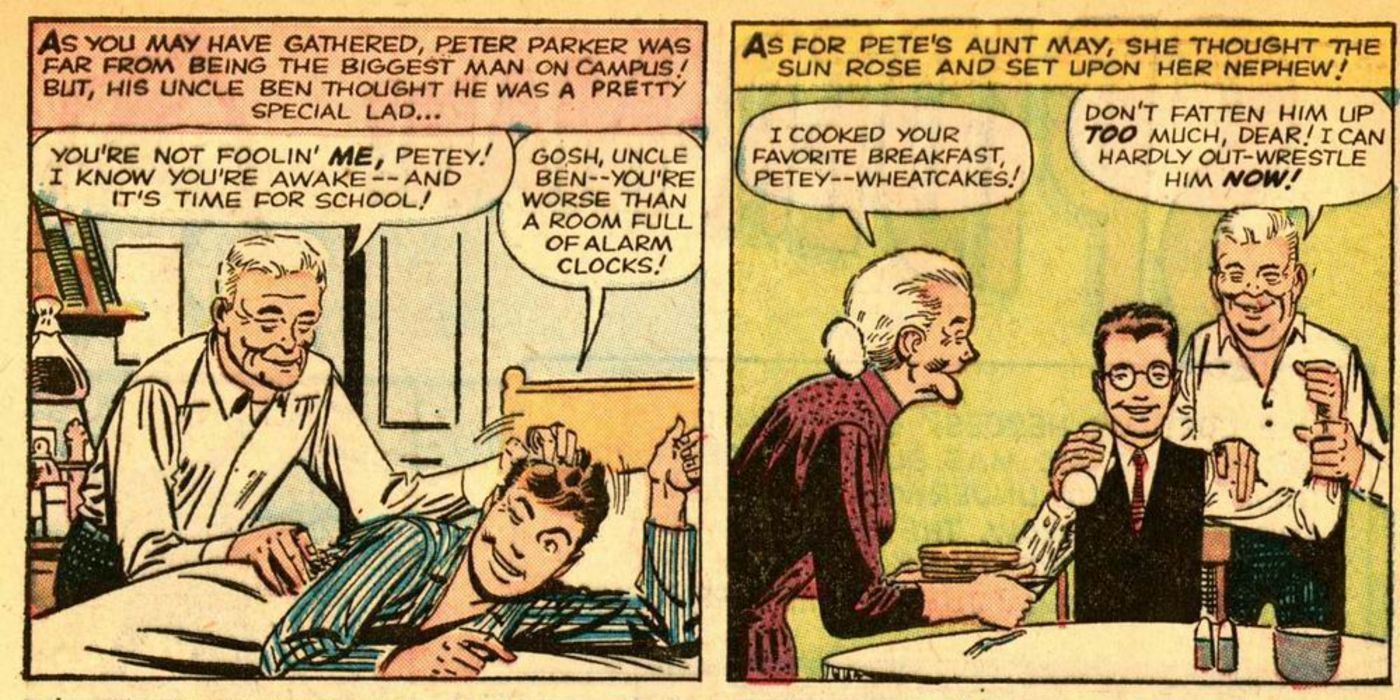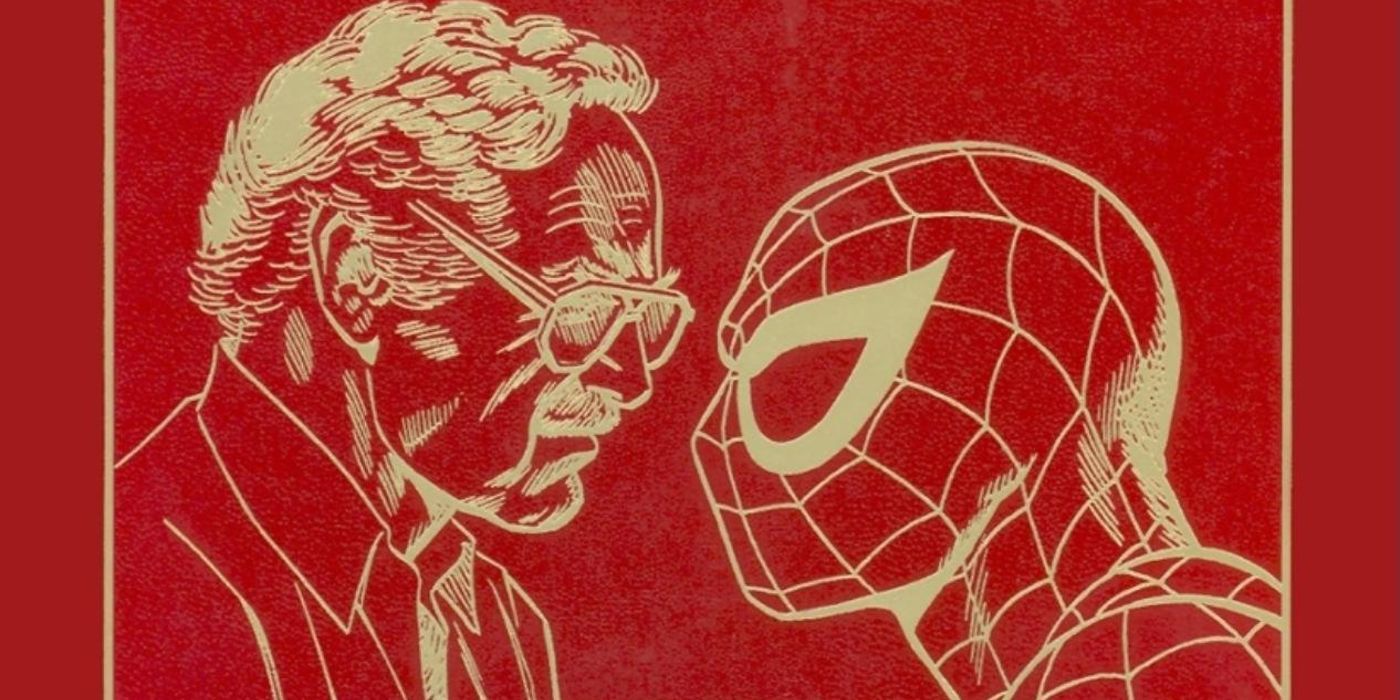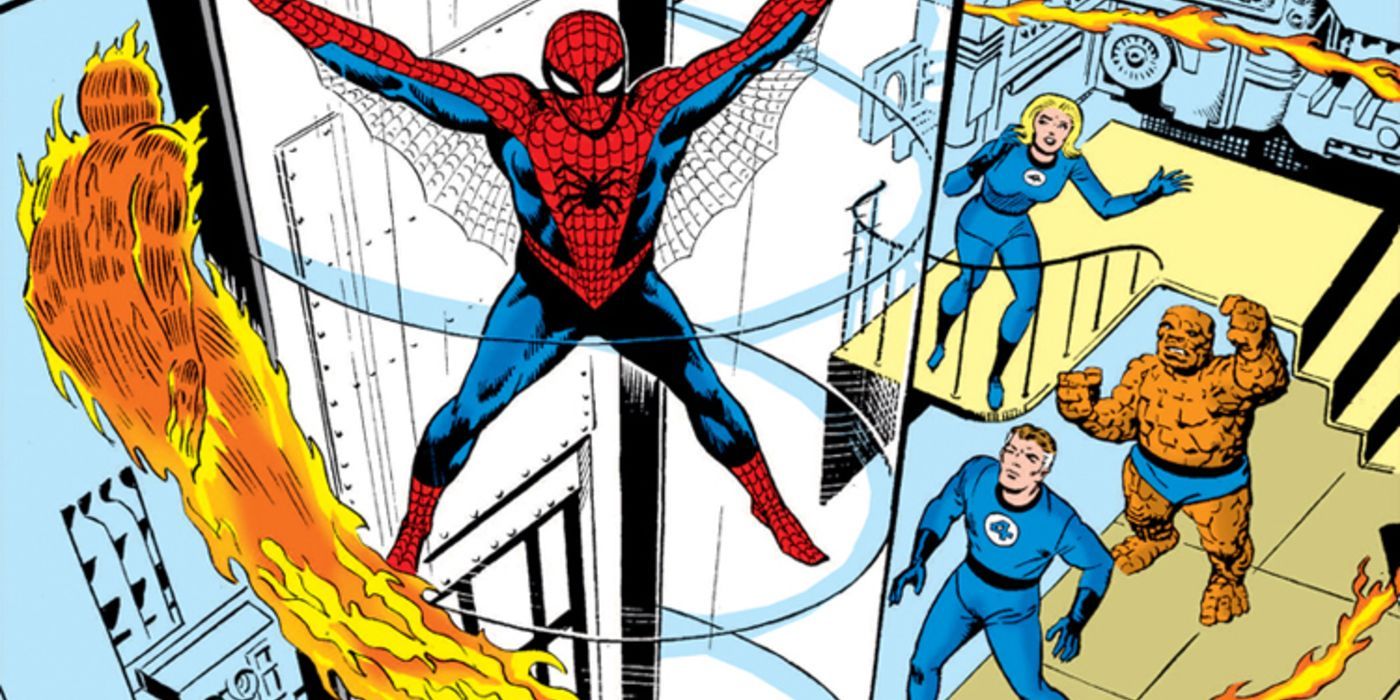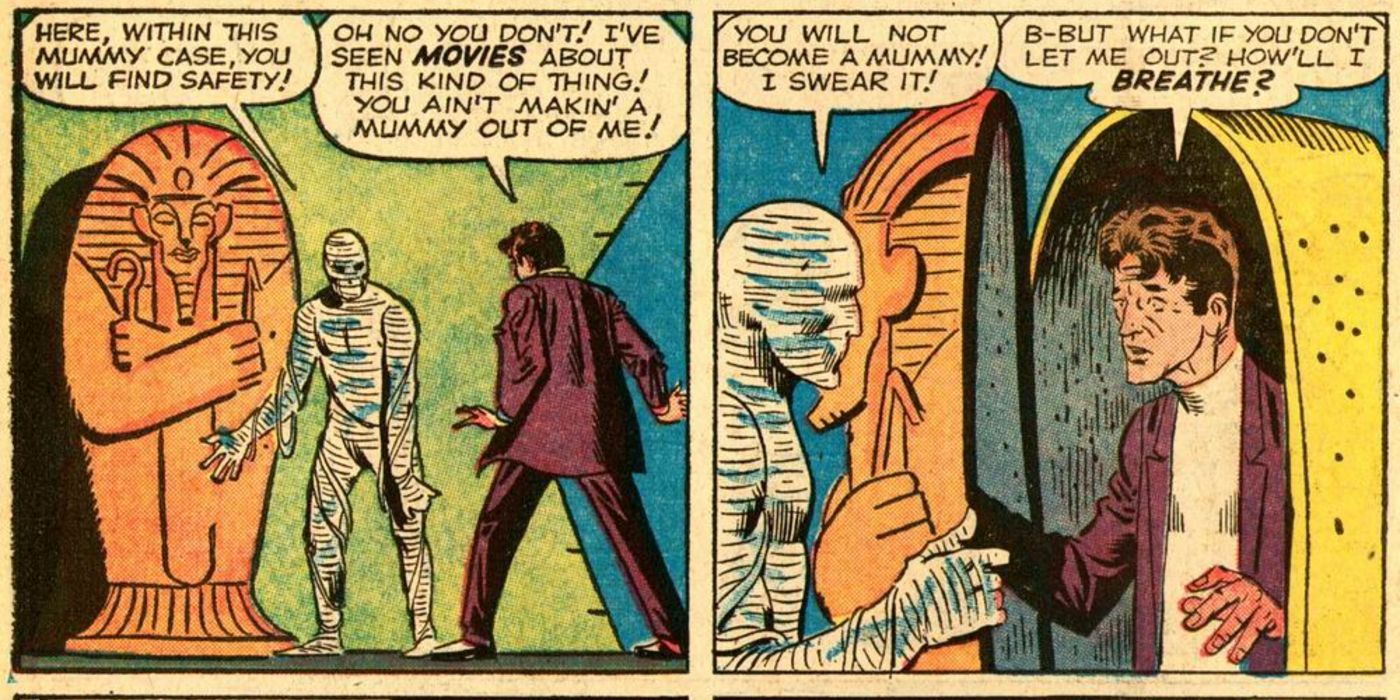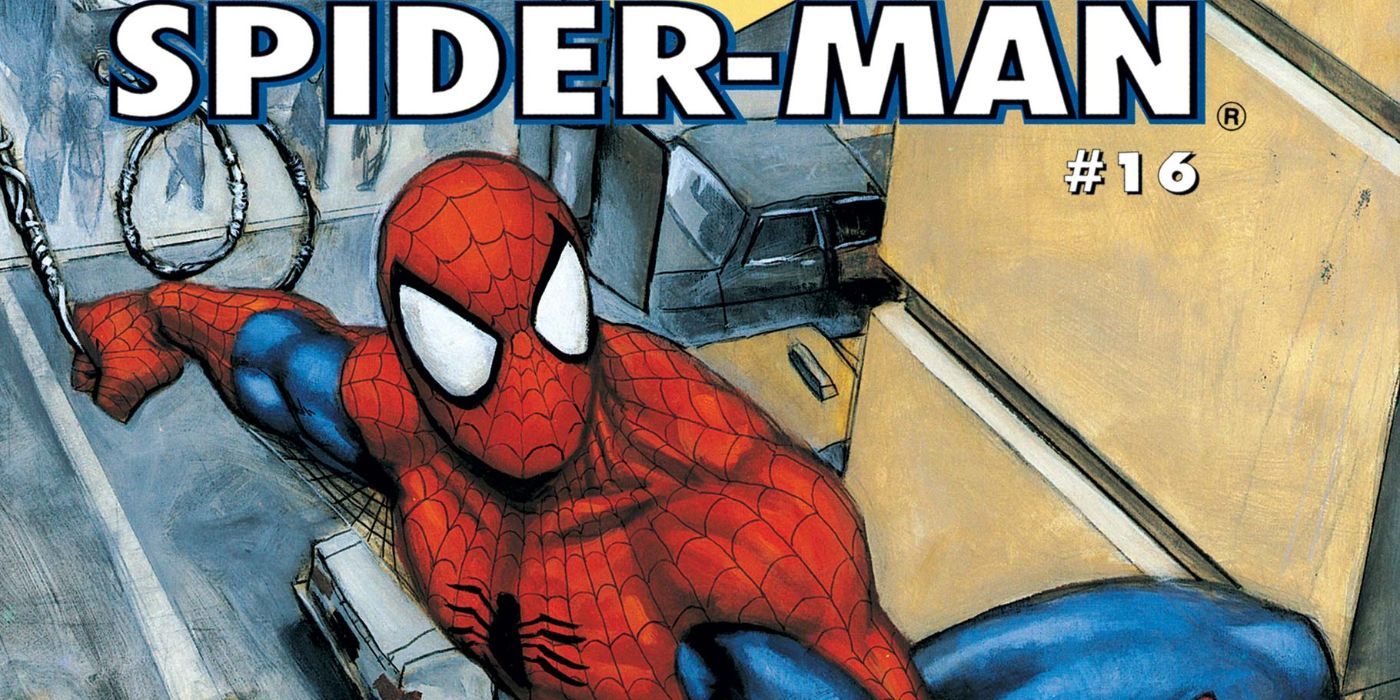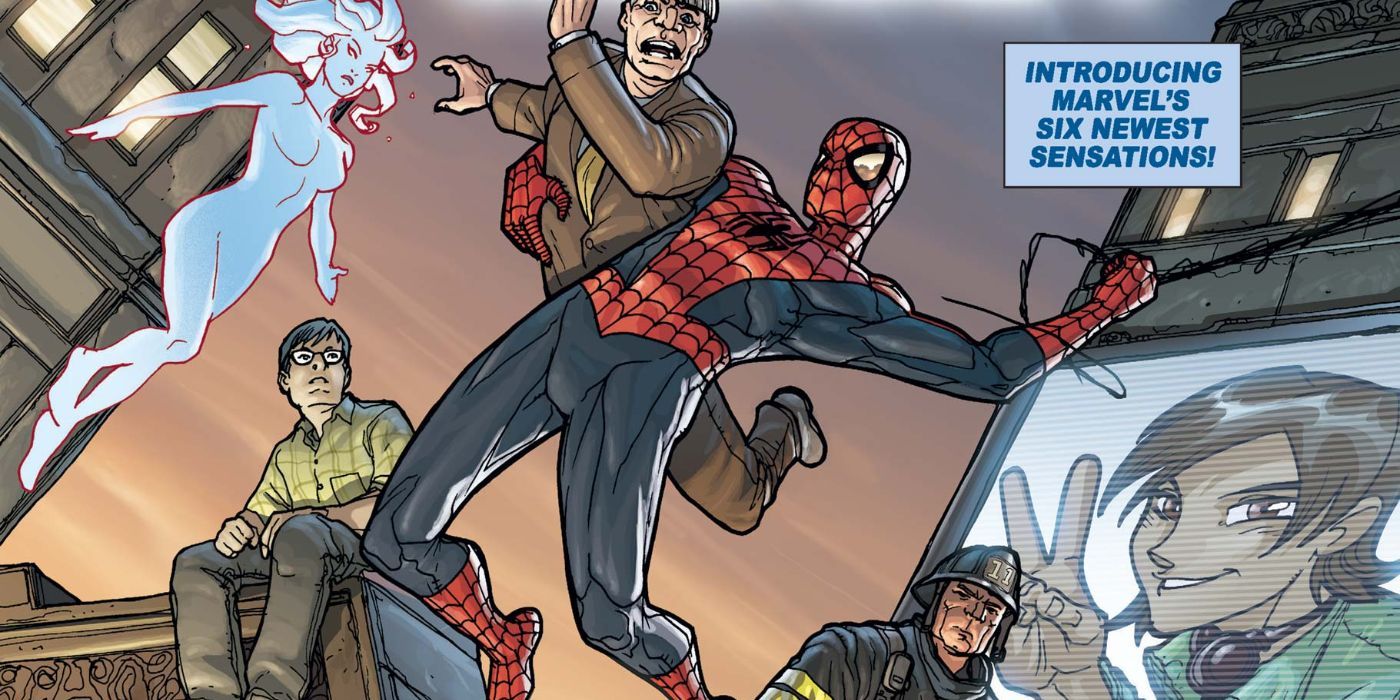Peter Parker is the perennial teenager of the Marvel world. Through numerous films and comic books, he has gone through the travails of high school drama and superhero troubles quite a few times. But when one takes the publication date of its first comic book appearance—in Amazing Fantasy #15—into consideration, it turns out that our favorite student-superhero was actually born in the year 1962!
It was then, in the 60s, that writer Stan Lee and artist Steve Ditko decided they wanted to create something different, for a younger audience. The decision made, there was a lot that went on behind the scenes—from last-minute changes to mulling over the exact name of the new superhero—before Spider-Man came to be the legendary character he is today.
10 Anthology Was Renamed A Couple Of Times
The anthology itself went through a bit of an identity crisis. Starting off as Amazing Adventures in 1961, for 6 issues, the title then changed to Amazing Adult Fantasy that very year, for 8 issues, only to settle on Amazing Fantasy for its 15th issue.
In its first iteration, the anthology had stories steeped in science fiction and monster mythologies. The most prominent character in those days being Doctor Droom, who went after monsters. (Droom himself went through a change to become Doctor Druid in the 70s.) In its second avatar, as Amazing Adult Fantasy, the anthology debuted with a cover referencing a story about alien-wrestlers in that very issue. But, of course, the most important of all avatars was its turn as Amazing Fantasy, which had the honor of introducing Spider-Man within its pages.
9 The Cover Was Changed At The Last Minute
Although Stan Lee and Steve Ditko came together to create Spider-Man, when it came to deciding who would design the anthology’s cover, Lee decided to give preference to Jack Kirby because, in Stan’s own words, he “always had a lot of confidence in Jack's covers.”
Ditko had already drawn a cover by then. His version was a lot busier when it came to onlookers, and was a lot more descriptive about the anthology itself, opting for the words, "Introducing: in this epic, surprise-filled issue... Spider-Man" instead of just “Introducing Spider-Man”—the phrase that Kirby’s version went with. In the end, despite the rejection, Ditko was the one to color the cover while Kirby only penciled it in.
8 Spider-Man Was Created Specifically For Teenagers
Peter Parker was conceived in the middle of a lot of turmoil. Publisher Martin Goodman had already decided to cancel Amazing Fantasy after the 15th issue, but Stan Lee still wanted to try and see if he could introduce a superhero that would essentially be marketed towards teenagers.
Before Spider-Man, important teenage characters usually ended up being the sidekick, and Stan wanted to turn the notion around and allow a young superhero to grow into his role and responsibilities. With that in mind, Peter Parker a.k.a. Spider-Man—who is called “Midtown High's only professional wallflower” by one of his classmates—was introduced in Amazing Fantasy #15.
7 Stan Lee Didn't Want There To Be Comparisons To Superman
With a character profile in mind, Stan Lee had a major decision on his hands with regards to choosing a name for his young superhero. In those days, youthful heroes were often given pseudonyms that had the word “boy” in them, but Stan didn’t want his creation to sound less serious in the face of more mature characters, so he went with “man” instead.
The other issue was Superman and any potential similarities Peter’s alter ego might have with the alien hero. Having decided on adding “man” to the codename, Stan then went on to add a hyphen into the mix, so as to differentiate from Superman. If things had turned out the way originally planned, with artist Steve Ditko going for an orange-purple tinge in Spider-Man's outfit, the color scheme of the costume would have been another point of difference.
6 Uncle Ben Didn’t Have Any Iconic Lines
The most iconic line of the Spider-Man franchise is the one that Peter’s uncle, Ben, utters to him a few scenes before his untimely death. "With great power comes great responsibility," he tells his nephew, in a most heartfelt moment.
It’s a line that not only sticks with readers and viewers alike but also imprints deep in the mind of Peter Parker himself. In the aftermath of his uncle’s death, when he is full of regret, that small piece of advice turns him into a superhero of repute. But the truth of the matter is that Uncle Ben, who only has a couple of dialogues in Amazing Fantasy #15, never says this line in the original comic. The famous words appear in the last panel of the story, in a narrative bubble, which says: "...with great power there must also come—great responsibility!". It’s only in later stories that the dialogue gets attributed to Uncle Ben.
5 The Issue Was Reprinted Many Times
Being such an important and iconic issue, Amazing Fantasy #15 has found its way into the printing press time and time again. Sometimes the entire anthology has been reprinted, for anniversary issues or otherwise, and other times the Spider-Man story has been singled out and published once again for special editions.
1992’s Marvel Milestone Edition, for instance, was a full reprint that even included the same ads that were there in the 1962 issue. And then there was The Birth Of the Amazing Spider-Man, published by Applewood Books in 1997, which was a box-set containing a re-issue of the original comic and an audio recording of Stan Lee reading the story itself. The cover had a classy look, resplendent in red with an outline of Stan and Spider-Man facing each other, in gold.
4 Spider-Man Got The Standalone Treatment Months Later
In the early 1960s, when Amazing Fantasy #15 was published, it instantly became a hit with the masses. It went on to sell a lot of copies, making it, in those days, one of the top earners in Marvel’s pantheon.
Its success had a direct impact on Spider-Man, with Marvel deciding that the character deserved its own comic book series, The Amazing Spider-Man, which was launched only seven months after Amazing Fantasy #15 was published. The new series continued Spider-Man’s adventures while delving deeper into his personal life and backstory.
3 Amazing Fantasy #15 Had Three More Stories
Although Spider-Man adorned the cover of Amazing Fantasy #15, there were a few other characters and stories in the anthology. In "There Are Martians Among Us!", a UFO appears out of nowhere and crash-lands in a little known town. The townspeople are scared, to say the least, but are even more afraid of what the future might bring when they realize that the passengers of the spaceship—the Martians—are somewhere in their midst. And in "The Bell-Ringer!", the titular bell-ringer of a tiny Mediterranean island stays behind as the island’s volcano begins to spew lava and endangers everyone. But then something akin to divine intervention fills the sky, and the story takes an unusual turn.
But the most fascinating storyline is that of "Man in the Mummy Case!", where a thief hides inside a sarcophagus, on the advice of a mummy, and finds himself in a very changed environment when he gets out.
2 Amazing Fantasy #16 Was Published Decades Later
Funnily enough, once Spider-Man's standalone comic series took off, Amazing Fantasy went on the back-burner and had no more issues for a while. Prior to the publication of Amazing Fantasy #15, there were already talks of shutting the anthology down, and after Spider-Man's success, everyone was more focused on The Amazing Spider-Man and how to make it even more popular.
But then, in 1995, editor Danny Fingeroth came on board and he realised that there was a need for a transitional comic between Amazing Fantasy #15 and The Amazing Spider-Man #1. And that was how Amazing Fantasy #16 came to be.
1 There Was An Attempt To Repeat Spider-Man’s Success
In an effort to try and see if the number 15 was lucky for them, Marvel decided to introduce a range of new characters for the 15th issue of Amazing Fantasy's second volume. In fact, even the cover was made to ape the first Spider-Man issue—with the webbed superhero swinging in between buildings and the new characters looking on.
The new superheroes in question are Mastermind Excello, Blackjack, the Great Video, Monstro, The Heartbreak Kid, and Positron. Of these six, Mastermind Excello can turn himself into the Hulk, and Blackjack is a two-member team of paranormal agents.

